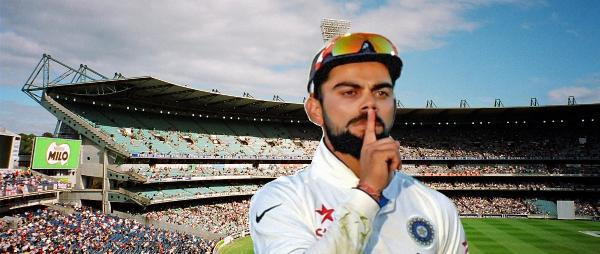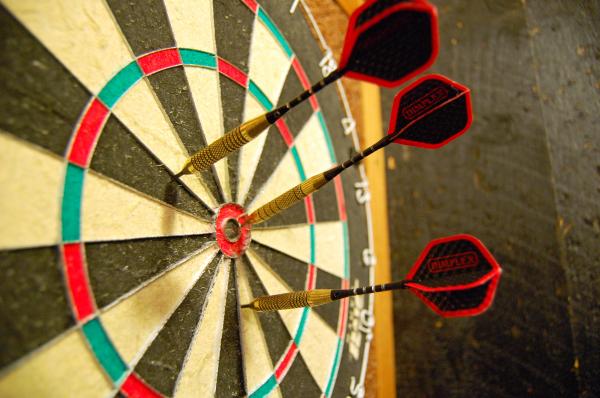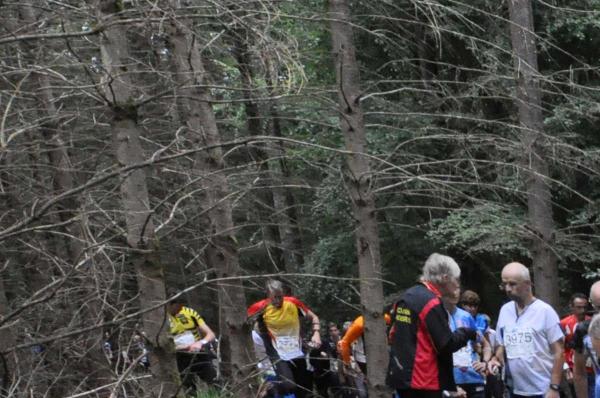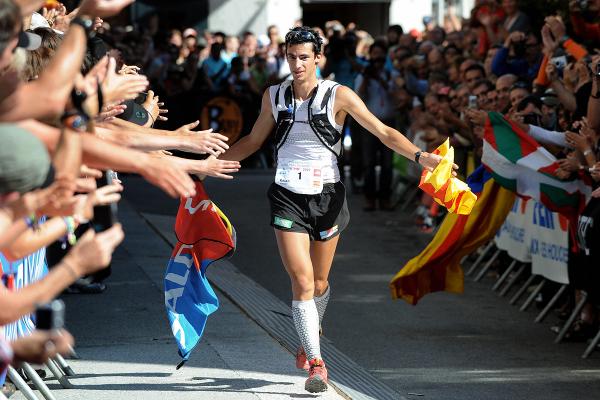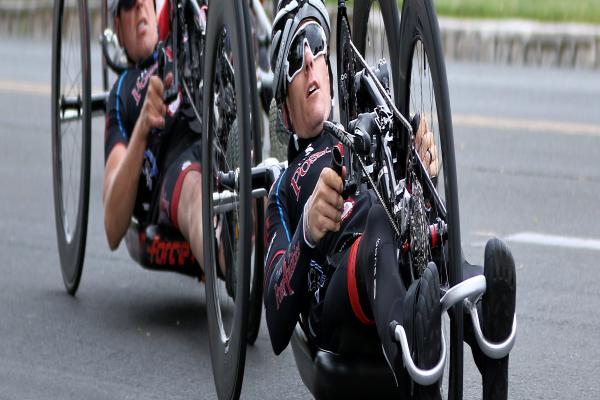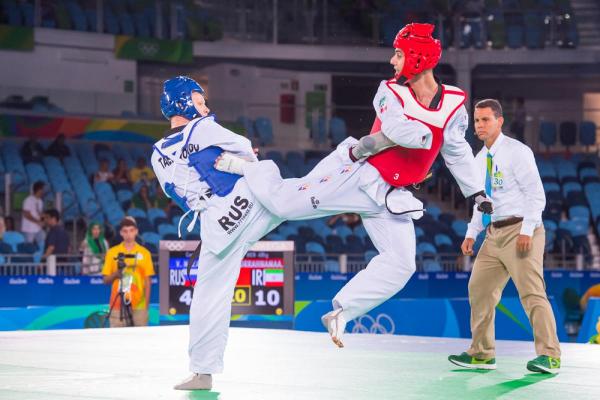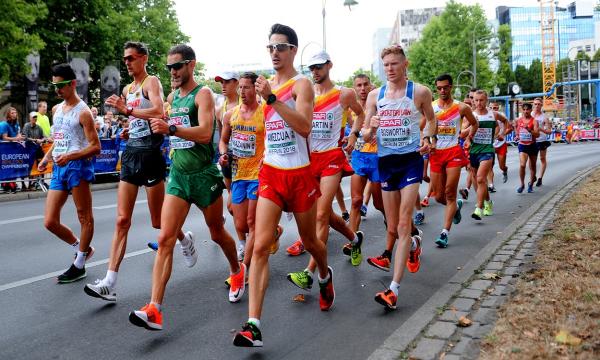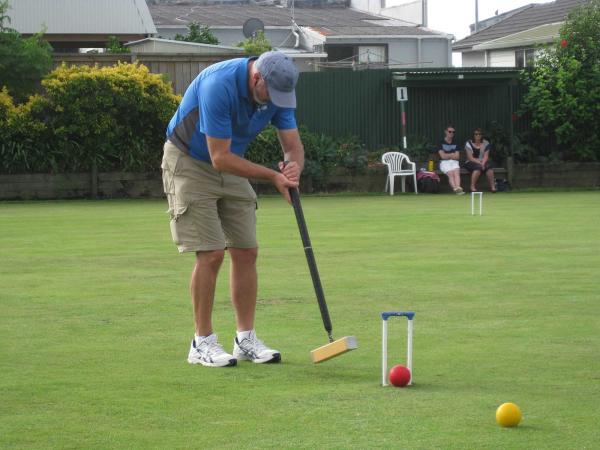Sprint
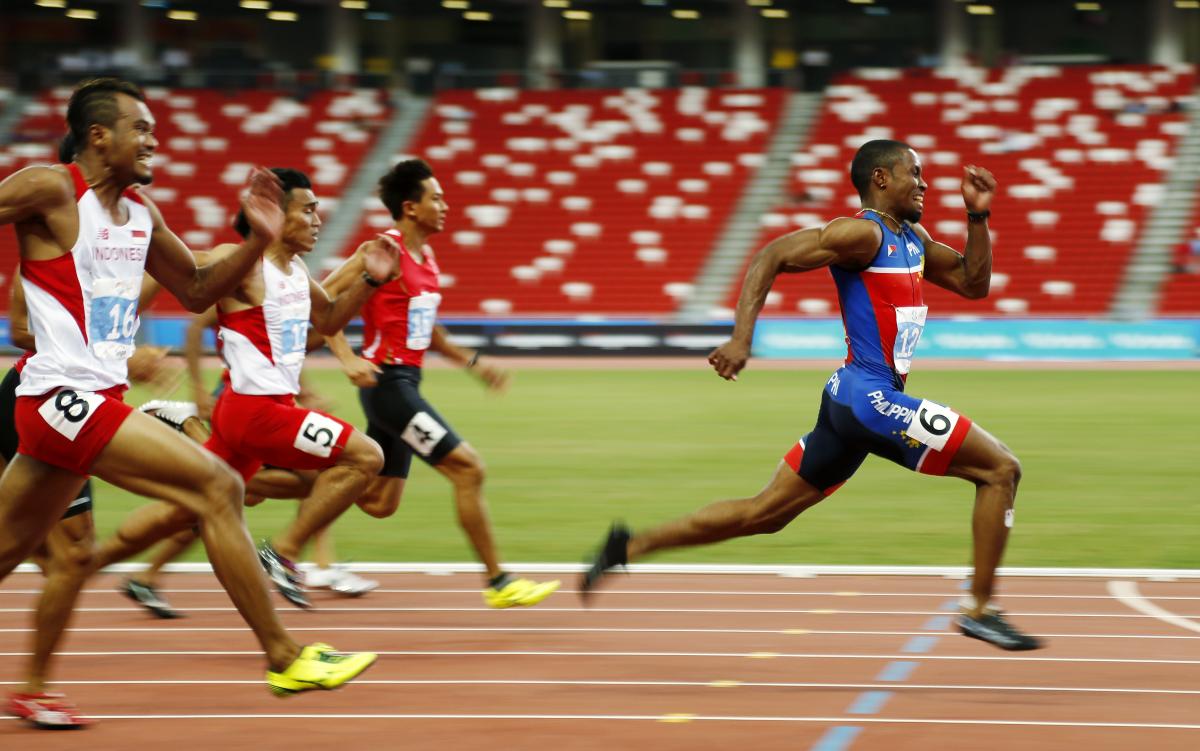
Sprint, also called dash, in athletics (track and field), a footrace over a short distance with an all-out or nearly all-out burst of speed, the chief distances being 100, 200, and 400 metres and 100, 220, and 440 yards. The course for sprint races is usually marked off in lanes within which each runner must remain for the entire race. Originally sprinters used a standing start, but after 1884 sprinters started from a crouched position using a device called a starting block (legalized in the 1930s) to brace their feet (see photograph). Races are begun by a pistol shot; at 55 to 65 metres (60 to 70 yards), top sprinters attain maximum speed, more than 40 km per hour (25 miles per hour). After the 65-metre mark the runner begins to lose speed through fatigue. All important international races at 200 metres and 220 yards, as well as 400 metres and 440 yards, are run on an oval track. The starts are staggered (the lanes farther from the centre begin progressively farther forward on the track) so that each runner will cover an equal distance. As a result, the competitors, particularly in the 400 metres and 440 yards, have no exact knowledge of their respective positions until they have completed the final turn. Great emphasis is therefore placed on an athlete’s ability to judge his own pace, as well as upon his speed and endurance.
